Ukrainian attack helicopter pilots have to rely on dangerous maneuvers to navigate the battlefield
- By Business Insider
Share This Article
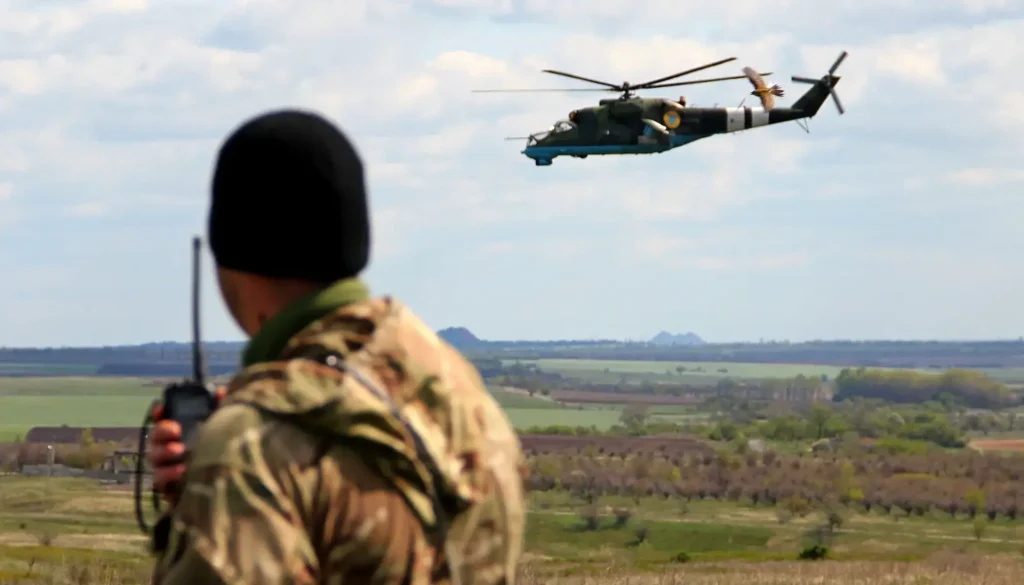
This article by Chris Panella was originally published by Business Insider.
Ukraine’s attack helicopter pilots are flying low and fast, navigating a dangerous battlefield where almost anything in the air is at risk.
The challenges these pilots face in this complex operating environment appear to be quite sophisticated, perhaps even more so than what American attack helicopter pilots have gone up against before, a former U.S. Marine Corps Super Cobra pilot noted in an interview with Business Insider.
The fighting in Ukraine is fraught with many high-end threats. And, it is a difficult environment across the board.
Videos of helicopter operations often show Ukrainian pilots flying at low altitudes across challenging, changing terrains and environments, sometimes urban, sometimes grassy, or woodland areas. In some videos, they’re flying just mere feet above the ground, dodging trees, houses, and power lines.
⚡️🇺🇦Ukrainian attack helicopter Mi-24P and attack-transport Mi-8MT at low altitudes pic.twitter.com/gjA6OW8TWN
— 🪖Military news (@front_ukrainian) November 5, 2023
A pair of Ukrainian Mi-24 attack helicopters operate on Russian positions with unguided S-8 missiles🔥 pic.twitter.com/Ic6vRNjlVQ
— M|§F|T (@Misfit4Ukr68491) May 16, 2023
“Pilots have to pay close attention to these small changes,” Kyleanne Hunter, a senior political scientist at RAND and a former Marine Corps Super Cobra pilot who flew medevac escort missions as well as other runs, explained, and they have to “make real time decisions on how they’re actually maneuvering and handling the helicopter.”
She said that when she would escort other aircraft, she had to pay close attention not only to her own surroundings, but also to what threats could harm the aircraft.
Related: Artillery can win or lose the war for Ukraine
Ukrainian Mi-8 helicopters attack Russian positions with the use of unguided rockets.
— Visegrád 24 (@visegrad24) November 27, 2022
The Ukrainian Air Force is alive and will 9 months after the Russian invasion.
Video via @Osinttechnical pic.twitter.com/oqooa5NANx
A former U.S. naval aviator and TOPGUN instructor previously talked with BI about low passes involving fixed-wing aircraft, saying that while “flying lower isn’t necessarily harder,” doing so “is more task intensive and requires more concentration,” with much of the pilot’s attention going toward “terrain avoidance.”
For low-flying helicopter pilots, it’s also a dangerous situation where the wrong move could mean disaster.
And then, of course, there is the serious threat of Russian surface-to-air missiles and other weapons, to include Russian aircraft. While SAM sites may be more identifiable, man-portable systems pose a threat that can be harder to detect. Helicopters are also vulnerable to rockets and small-arms fire.
Based on the videos and information out there, it appears as though Ukrainian pilots are facing “a much more sophisticated threat environment” than U.S. pilots have seen, Hunter said, looking just at what is publicly available on where they are flying and what they are up against.
Read more from Business Insider
- China’s defense ministry rips NATO and says it’s ‘like a walking war machine’
- Photos show the Iranian missile parts US Navy SEALs seized in a deadly nighttime raid
- Russia really wants to stop Ukraine using Elon Musk’s Starlink satellites
- Russia says its scientists created a new nuclear-blast simulator with flash and mushroom-cloud effects to train soldiers
- Ukrainian drone operator says there are so many drones in the war that ‘nobody knows how to advance’
Related Posts
Sandboxx News Merch
-

‘AirPower’ Classic Hoodie
$46.00 – $48.00 Select options This product has multiple variants. The options may be chosen on the product page -

‘Sandboxx News’ Trucker Cap
$27.00 Select options This product has multiple variants. The options may be chosen on the product page -

F-35 ‘Lightning’ Framed Poster
$45.00 – $111.00 Select options This product has multiple variants. The options may be chosen on the product page
Business Insider
Related to: Ukraine
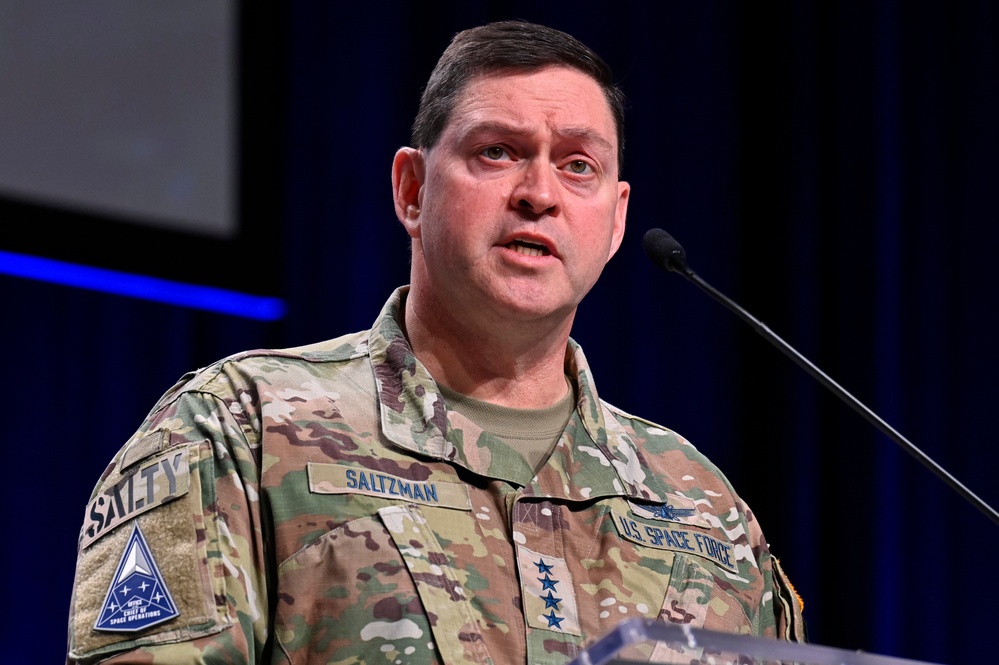
Dogfighting in space? Not too far-fetched, Space Force chief says
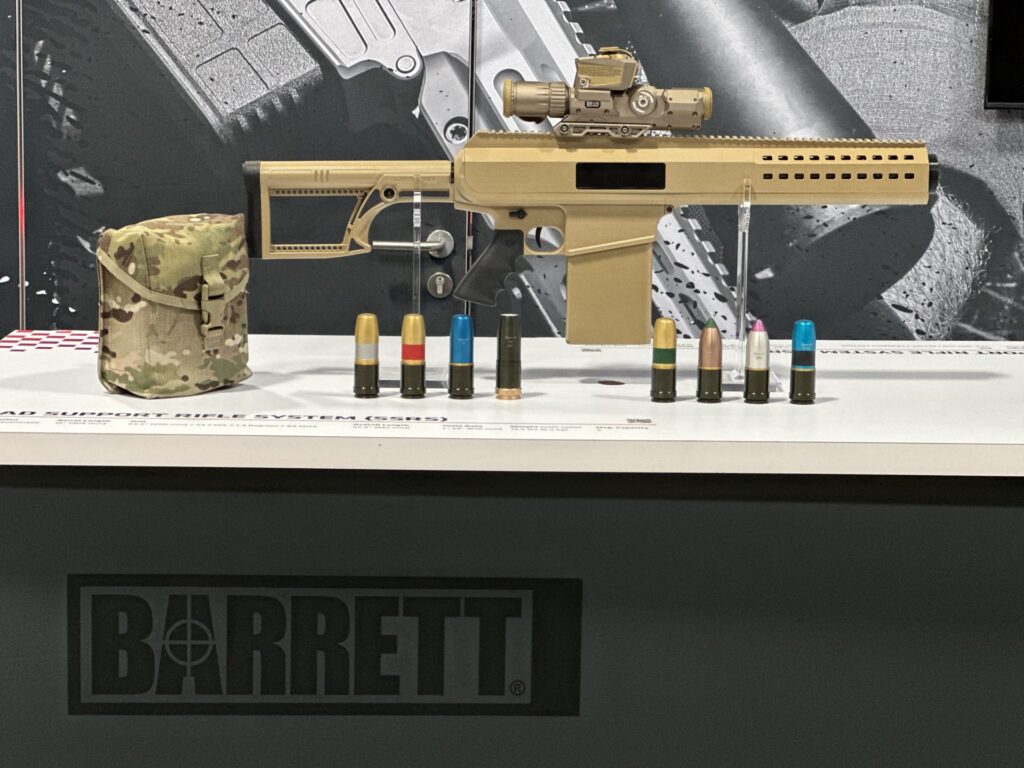
Barrett’s Squad Support Rifle System will make infantry squad deadlier
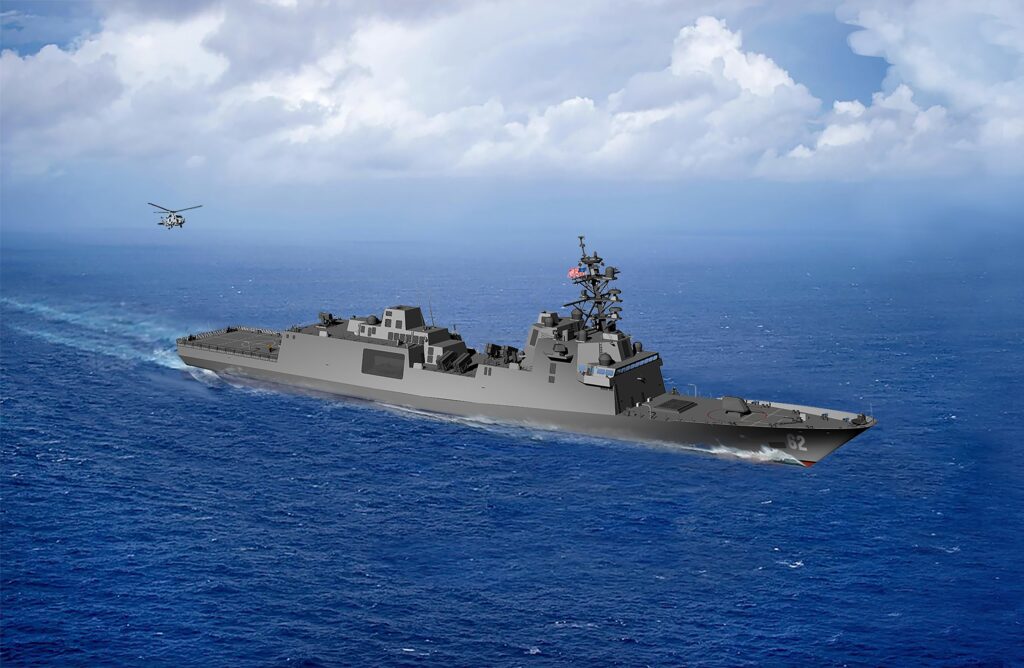
The US Navy is forced to wait on its new flagship frigate
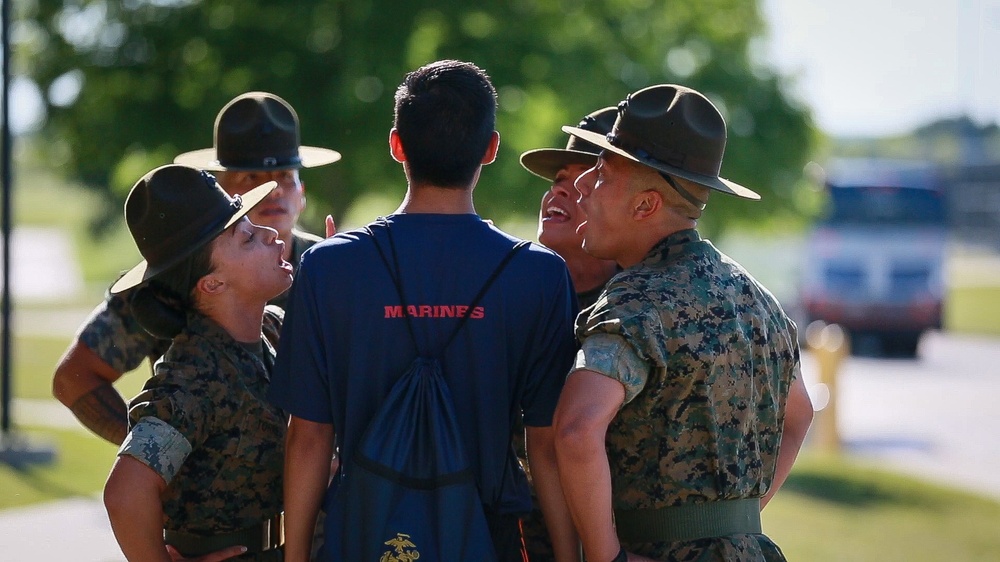
5 ways to prepare and survive the Marine Corps boot camp
Sandboxx News
-

‘Sandboxx News’ Trucker Cap
$27.00 Select options This product has multiple variants. The options may be chosen on the product page -

‘AirPower’ Classic Hoodie
$46.00 – $48.00 Select options This product has multiple variants. The options may be chosen on the product page -

‘AirPower’ Golf Rope Hat
$31.00 Select options This product has multiple variants. The options may be chosen on the product page -

‘Sandboxx News’ Dad Hat
$27.00 Select options This product has multiple variants. The options may be chosen on the product page
